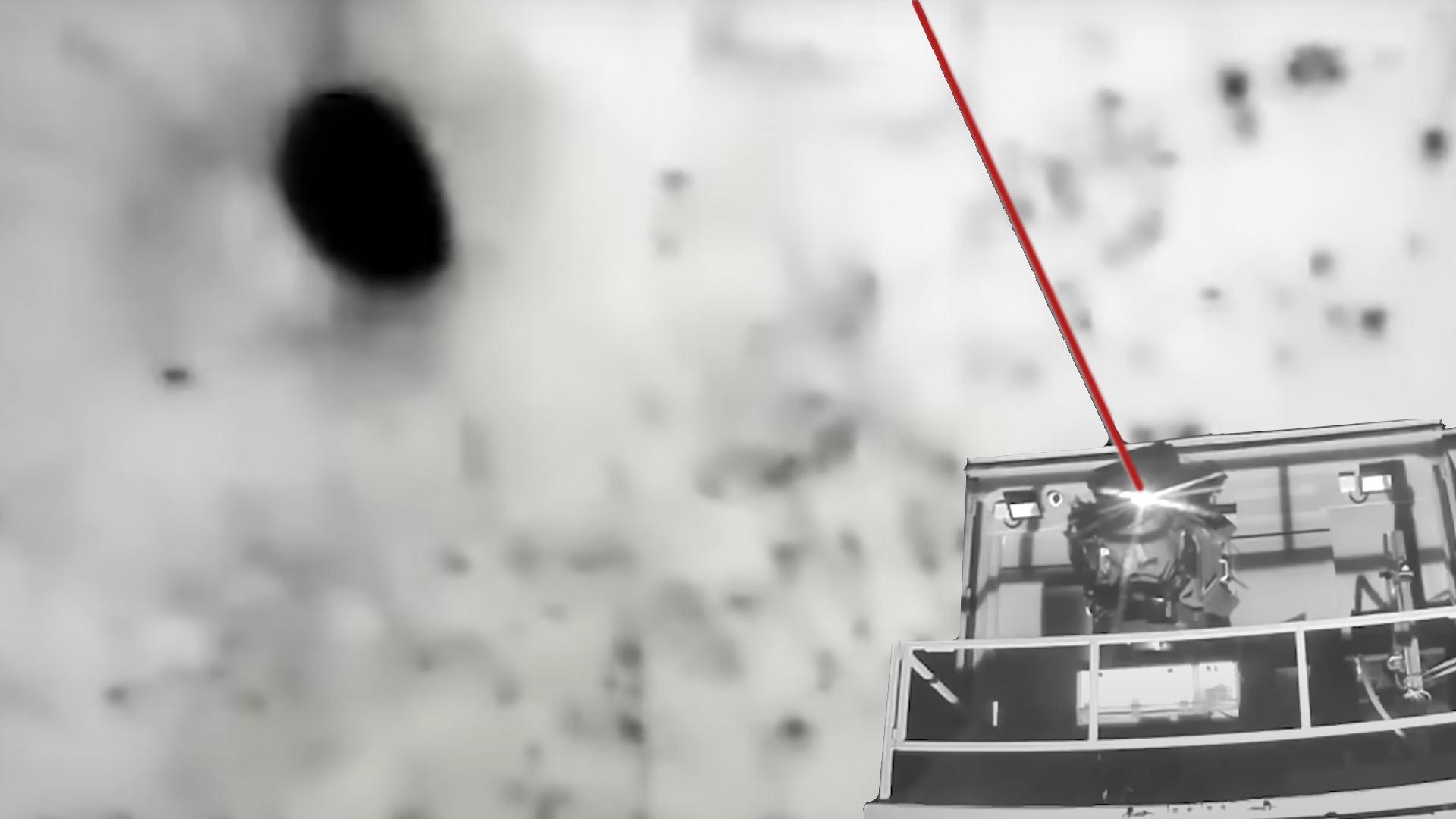

Pictures and video of the Iron Dome in action have made appearances across the news and social media apps since Hamas terrorists launched an attack against Israel on Oct. 7. It’s a powerful system, but instead of smart rockets, what if there was a system that used lasers instead? That is exactly what Rafael Advanced Defense Systems’ latest aerial defense system, the Iron Beam, is capable of.
Israel needs additional air defense as they combat torrential rocket and missile attacks. The growing threat of UAVs, mortars, and swarms of mini-UAVs has left Israel and other countries scrambling to counter the threat, as thousands of lives have been lost since early October.
The method of attack playing out in the aerial threat environment is overwhelming. The Iron Dome and David’s Sling, both advanced aerial defense systems, are intercepting hundreds if not thousands of rockets. But, it’s a costly defense system, with each rocket fired costing anywhere from $30 to $100,000.
With Iran-backed rocket supplies, Hamas terrorists are launching salvo after salvo, racking up costs and depleting Israel’s armament. The Iron Beam is a cost-effective solution for this issue, and the world may see it in action any day.
Pros and cons of the Iron Beam
According to former Israel Prime Minister Naftali Bennett, each ‘shot,’ which is a focused beam of energy better known as a laser, costs $3.50. Several claims are floating around estimating the cost of each shot ranging from $2 to $2,000, but they appear to be unverified.
Rafael Advanced Defense Systems said the system operates at “close to zero cost.” That doesn’t include the cost to produce the machine and the labor that goes into installing and transporting it, but with close to zero cost to fire it, it’s hard to argue there’s a cheaper alternative.
With an unlimited magazine and as long as there is power available, the system has a clear edge over the expensive rockets the Iron Dome uses. The other perk is that the Iron Beam can be mounted to air, land, and sea assets, whereas the Iron Dome is limited to land and sea platforms.
Subscribe to Task & Purpose Today. Get the latest military news and culture in your inbox daily.
Another advantage of the Iron Beam is its high-energy laser beam is invisible to the human eye and requires special optics to see it. This allows anonymity for the system while it operates — another clear advantage over the Iron Dome.
The biggest disadvantage of the Iron Beam is its limited range and required power source. Though the power needs are an easy solution between solar power, fuel-based generators, and other sources of energy, the limited range is due to the beam dissipating over distance and the point of contact spreading.
This requires the beam to stay locked on for extended periods before the aerial threat can be taken down. For the Iron Dome, it takes one rocket to impact the aerial threat, and it’s done with. Because of the limitations that Rafael and the Israel Ministry of Defense are facing, they partnered with the U.S. and companies like Lockheed Martin to further develop the technologies.
How does the Iron Beam work?
The Iron Beam locks onto UAVs, mortars, and rockets at the speed of light and has an unlimited magazine. Rafael is working on two systems, Iron Beam and Lite Beam. Each system fires a different level of energy — measured in kW’s — to destroy aerial threats; a kW is 1,000 watts of energy.
LiteBeam is a 7.5 kW class high energy laser weapon system (HEL) with a range of a few hundred meters up to 2,000 meters. The Iron Beam is a 100 kW HEL weapon system with a range from “a few hundred meters up to several kilometers.”
The Iron Beam and LiteBeam have been successfully tested, but no confirmation of either system being used in a combat setting has been released. The Israel Ministry of Defense and Rafael have yet to respond to requests for further information at the time of publishing.
Iron Beam and collateral damage
Compared to the Iron Dome, David’s Sling, Patriot missile system, and other air defense measures that use missiles or rockets to counter aerial threats, the Iron beam tops the safety aspect of them all.
When a rocket collides or explodes near another missile, rocket, mortar, or drone, there is shrapnel and wreckage that will fall to the area below. Depending on the size of each munition, that can create a hazardous situation for people residing in the area originally targeted or the point below the interception.
The Iron Beam halves that hazard equation due to the lack of shrapnel from the interception. Once locked onto a target, the laser beam hitting the aerial threat dissipates as soon as the target is destroyed, not adding to the wreckage created by enemy forces.
The latest on Task & Purpose
- Navy fires captain of guided-missile cruiser USS Lake Erie
- The M10 Booker Combat Vehicle is definitely a tank, says Gen. Abrams
- Why Navy SEALs wear a trident and other facts about life as a frogman
- A-10 Warthogs arrive, more U.S. forces coming amid Israel-Gaza fighting
- Army plans to cut ‘unnecessary maintenance’ on vehicles and weapons
